Please type at least 3 letters
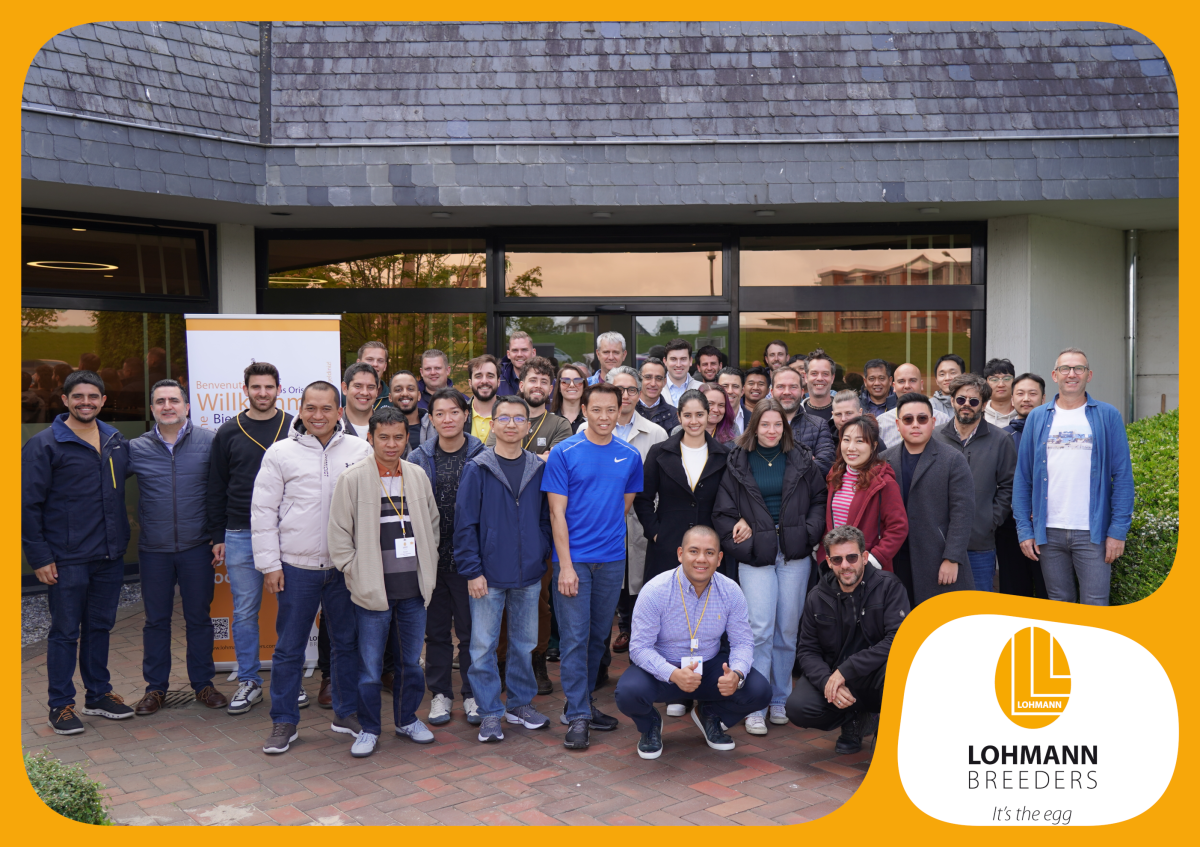




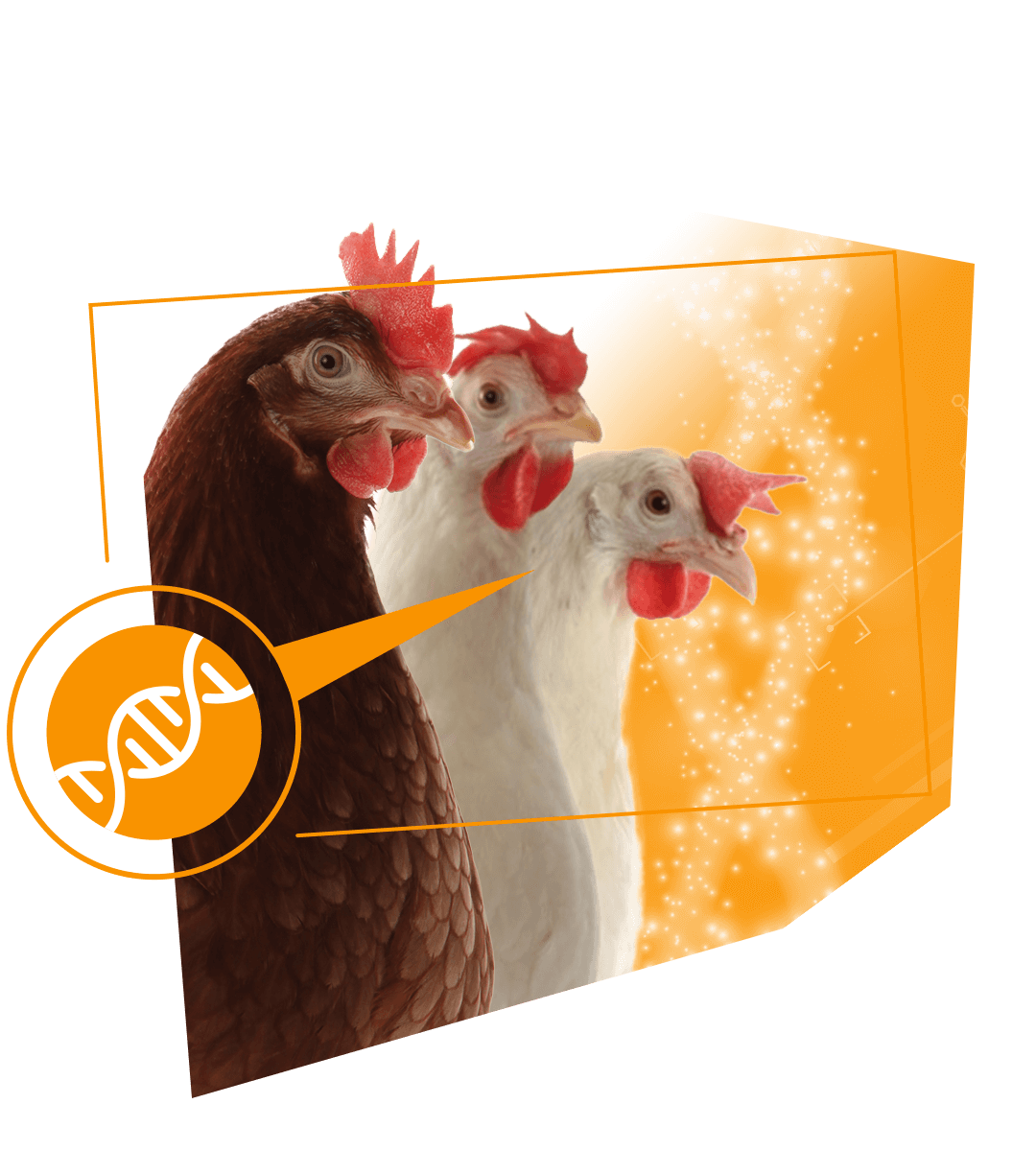
If you want eggs, you need laying hens – and these hens have to be healthy and productive.
Consumers wanted even more: one wanted white eggs, another wanted brown eggs, the next one wanted large eggs and another wanted small eggs. Egg producers also had specific requirements: one producer kept his hens in cages, another in percheries and yet another kept them in barns or had a free-range system.
This is why LOHMANN’s principle very quickly became: “For every management the right hen – for every market the right egg”. A principle which is also of the highest priority for LOHMANN’s breeding work.

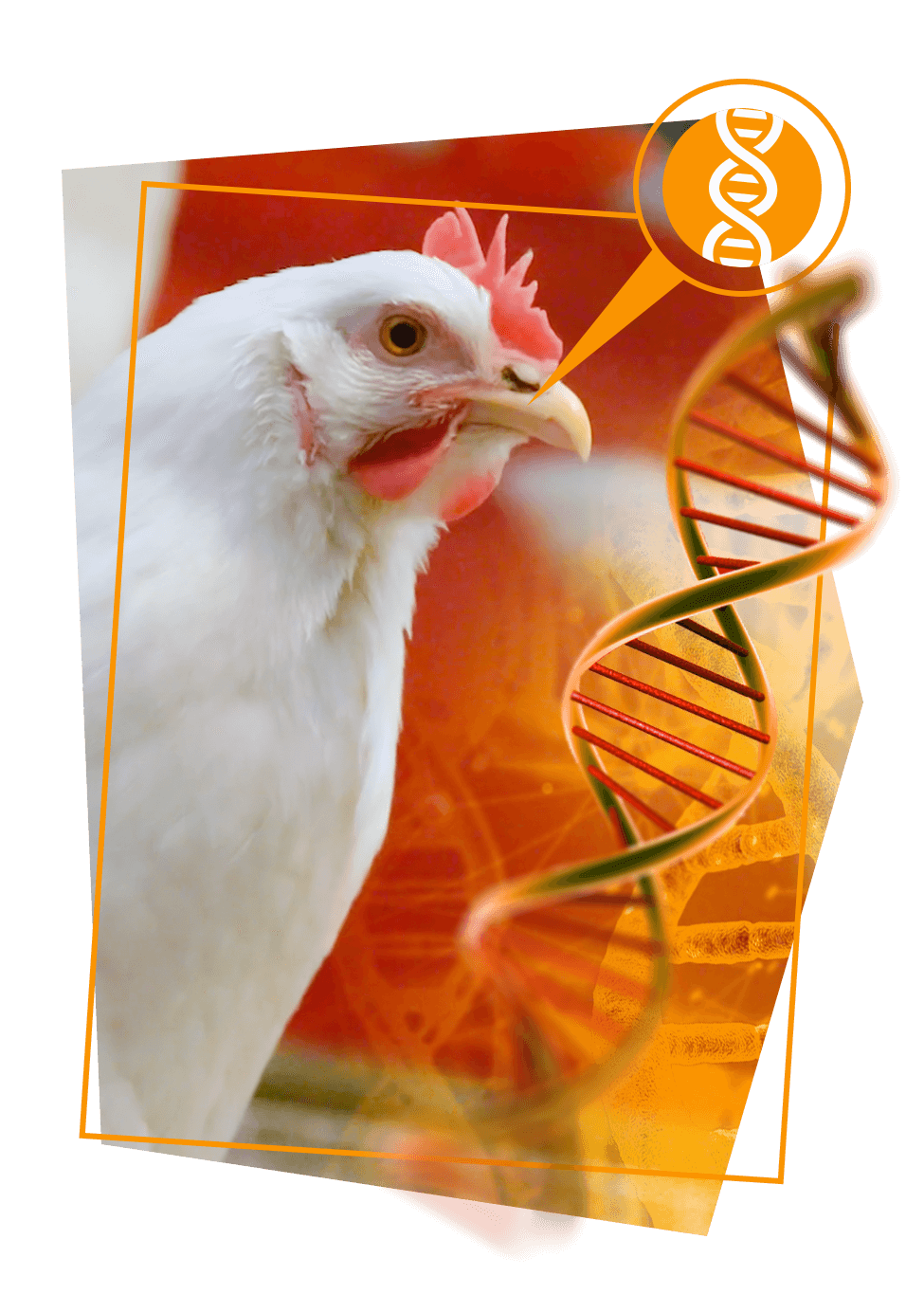

Intensive research and development is one of the supporting pillars of a sustainable breeding program and for breeding achievements which always continue to be milestones in international poultry breeding.
LOHMANN is constantly investing in research and development. Between 10 and 15 percent of its turnover is invested in this area and provides the basis for innovations – and for the company’s success.


The investments pay off: constant advances in breeding progress with regard to all major performance and quality traits and innovations ensure that LOHMANN remains the market leader and that its customers are provided with real added value and a major competitive edge.
Here are just two of many examples:
The patent for marker-assisted selection against “fish odour eggs” contributed to better utilisation of regional sources of protein.
The transponder-based performance testing in barn systems is a second step in the market-oriented breeding of laying hens.
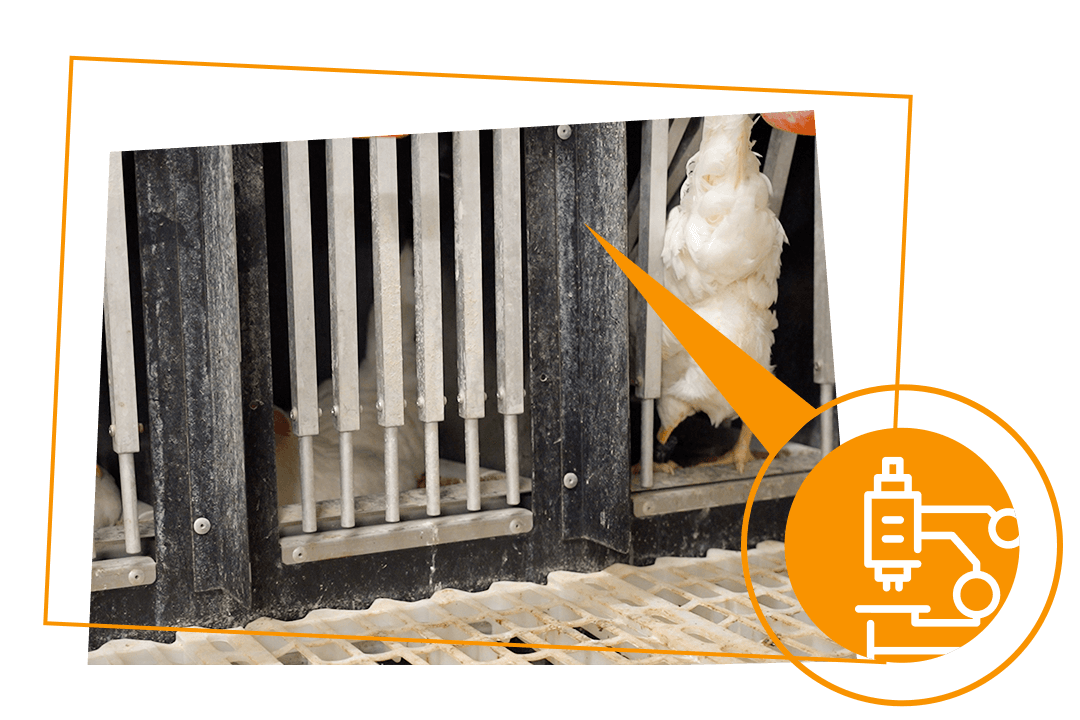


The ancestor of all hens, including today’s modern laying hybrids, is the Bankiva hen. Domesticated in Asia around 4000 to 5000 years ago, it has now spread in many different breeds across the whole world.
However, throughout its long history, the performance of the hen has never risen as sharply as it has in recent decades. This is due mainly to modern breeding methods.
It is no longer coincidence nor pecking order which determines performance and quality.
Systematic selection is now the driven force for improved performance.



Genetics is the science of heredity. The first laws of inheritance were established by Gregor Johann Mendel in the middle of the 19th century. Nevertheless, it was still a long way off to the modern methods of quantitative genetics of today.
In fact, high-performance computer systems were needed before geneticists could apply the selection theory to practical poultry breeding.
LOHMANN was quick to recognize the significance of the new techniques and applied them systematically to the breeding of laying hens.
A highly specialized team of geneticists is constantly examining the latest research results in order to further improve selection routines. This ensures that new market requirements are met quickly and efficiently.
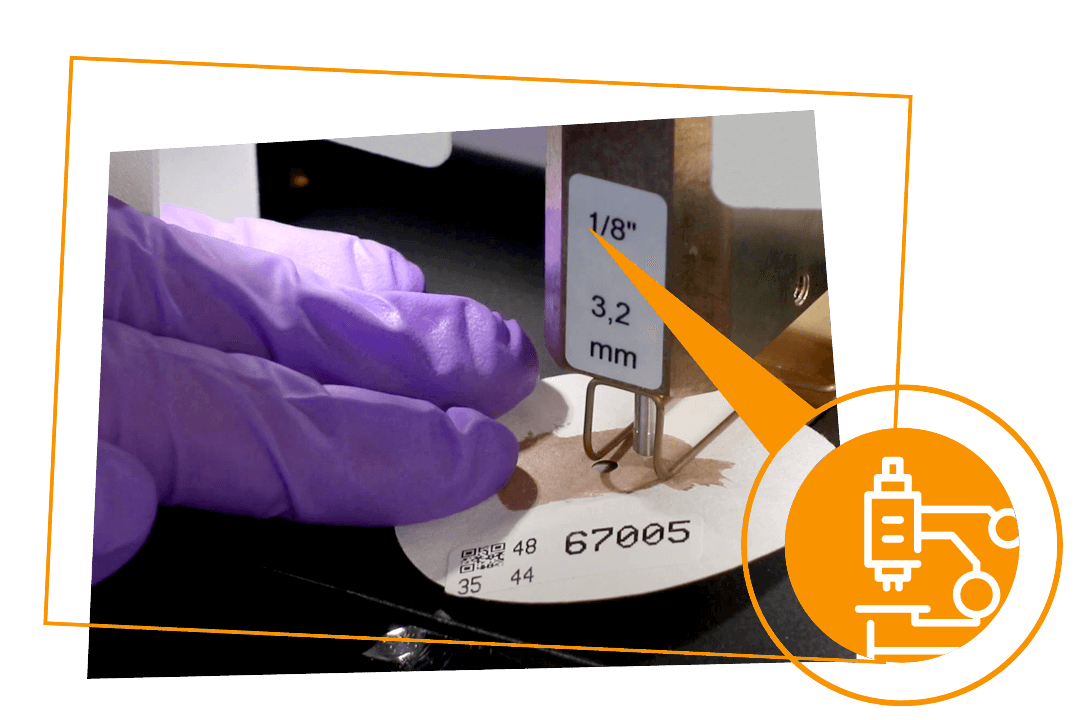


The theory of genetics can only show the best way to achieve a specific goal. It is the market, however, which continually determines which goal this should be.
Theory and practice are combined in well-planned and targeted breeding work in order to, e.g. improve eggshell quality.
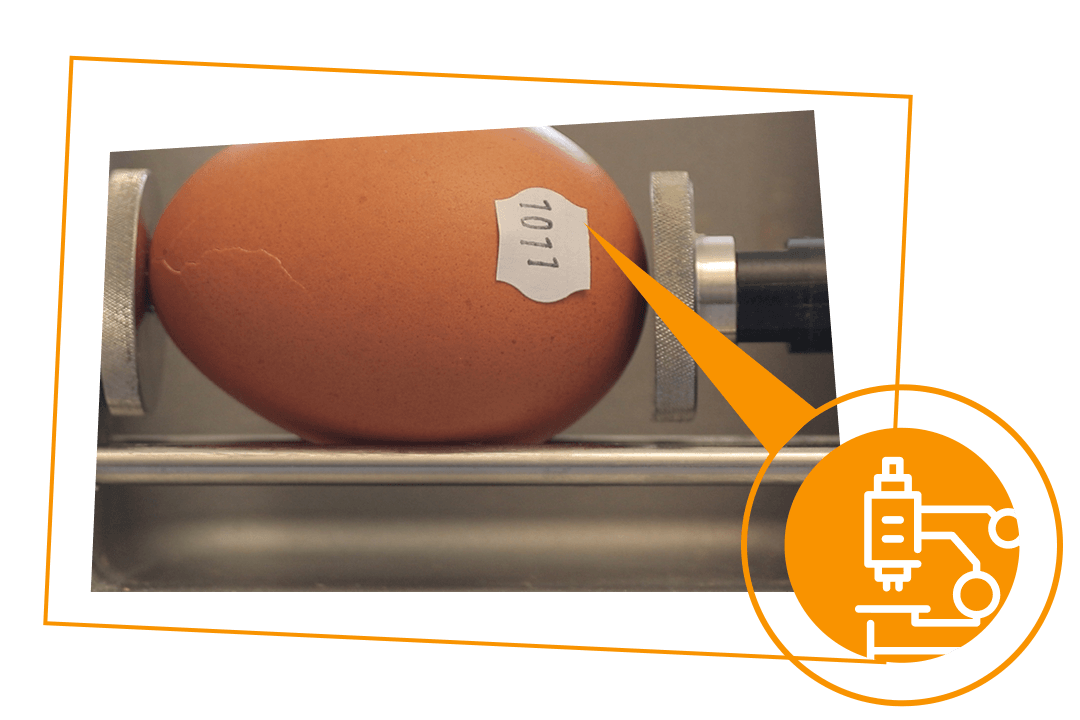



Maximum progress is possible thanks to experienced, highly motivated employees who record the basic data in the breeding farms and due to high-performance computer systems which rationally process the vast amounts of data.
Each breeding program is based on individual variations.
The most important breeding goal is to improve the average performance of a group of hens: continually and consistently – flock after flock and year after year. With one clear goal: well-balanced performance specifications which are adjusted to a wide variety of different markets.



Gone are the days when all you needed was a barn, enough feed and water in the hope that the chicks would grow into pullets and then lay lots of eggs.
LOHMANN’s hens quickly become sexually mature at an early age, and have high peak production, very good stamina with constantly good egg quality and excellent feed conversion.
To ensure that these hens can reach their full genetic potential, their nutrition, the lighting program and climate control must be properly co-ordinated so that the hens have everything they need.


LOHMANN has developed detailed management guides which contain all the necessary information for keeping and breeding laying hens.
Are you interested in the management guides from LOHMANN? It would be our pleasure to send them to you upon request.



Production specialists and vets work hand in hand. As with all other livestock, LOHMANN’s hens can only reach their full genetic potential to perform well if they are healthy. If health problems arise in a poultry population, a vet specializing in poultry should be consulted immediately.
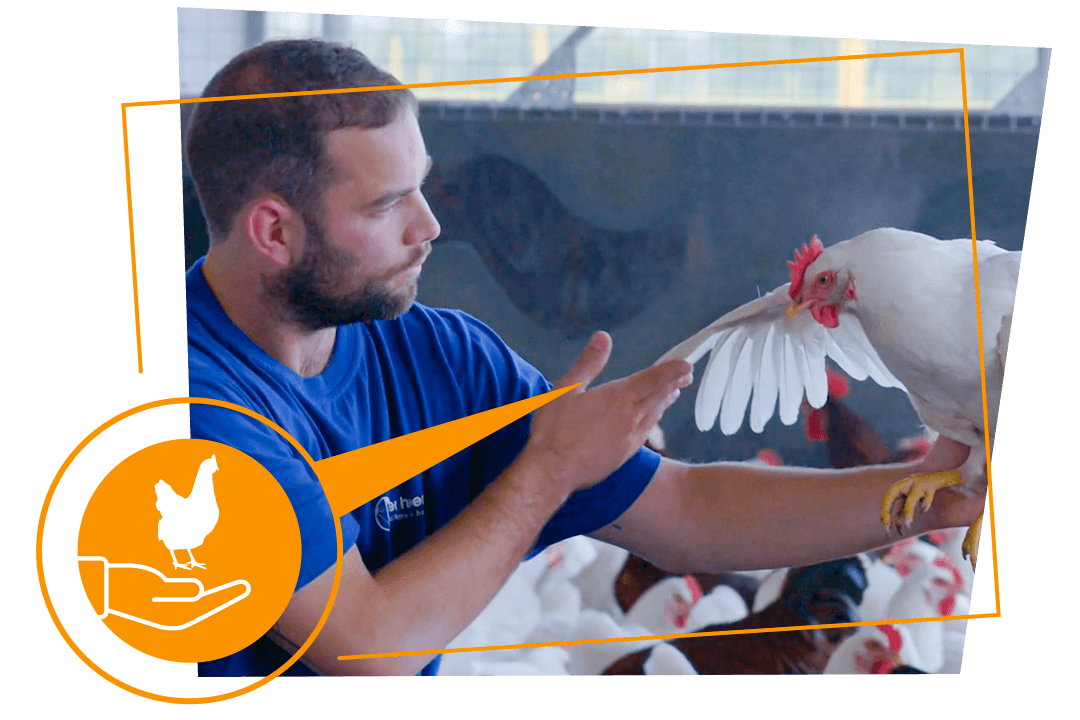


If you want eggs, you need laying hens – and these hens have to be healthy and productive.
Consumers wanted even more: one wanted white eggs, another wanted brown eggs, the next one wanted large eggs and another wanted small eggs. Egg producers also had specific requirements: one producer kept his hens in cages, another in percheries and yet another kept them in barns or had a free-range system.
This is why LOHMANN’s principle very quickly became: “For every management the right hen – for every market the right egg”. A principle which is also of the highest priority for LOHMANN’s breeding work.



Intensive research and development is one of the supporting pillars of a sustainable breeding program and for breeding achievements which always continue to be milestones in international poultry breeding.
LOHMANN is constantly investing in research and development. Between 10 and 15 percent of its turnover is invested in this area and provides the basis for innovations – and for the company’s success.


The investments pay off: constant advances in breeding progress with regard to all major performance and quality traits and innovations ensure that LOHMANN remains the market leader and that its customers are provided with real added value and a major competitive edge.
Here are just two of many examples:
The patent for marker-assisted selection against “fish odour eggs” contributed to better utilisation of regional sources of protein.
The transponder-based performance testing in barn systems is a second step in the market-oriented breeding of laying hens.



The ancestor of all hens, including today’s modern laying hybrids, is the Bankiva hen. Domesticated in Asia around 4000 to 5000 years ago, it has now spread in many different breeds across the whole world.
However, throughout its long history, the performance of the hen has never risen as sharply as it has in recent decades. This is due mainly to modern breeding methods.
It is no longer coincidence nor pecking order which determines performance and quality.
Systematic selection is now the driven force for improved performance.



Genetics is the science of heredity. The first laws of inheritance were established by Gregor Johann Mendel in the middle of the 19th century. Nevertheless, it was still a long way off to the modern methods of quantitative genetics of today.
In fact, high-performance computer systems were needed before geneticists could apply the selection theory to practical poultry breeding.
LOHMANN was quick to recognize the significance of the new techniques and applied them systematically to the breeding of laying hens.
A highly specialized team of geneticists is constantly examining the latest research results in order to further improve selection routines. This ensures that new market requirements are met quickly and efficiently.



The theory of genetics can only show the best way to achieve a specific goal. It is the market, however, which continually determines which goal this should be.
Theory and practice are combined in well-planned and targeted breeding work in order to, e.g. improve eggshell quality.




Maximum progress is possible thanks to experienced, highly motivated employees who record the basic data in the breeding farms and due to high-performance computer systems which rationally process the vast amounts of data.
Each breeding program is based on individual variations.
The most important breeding goal is to improve the average performance of a group of hens: continually and consistently – flock after flock and year after year. With one clear goal: well-balanced performance specifications which are adjusted to a wide variety of different markets.



Gone are the days when all you needed was a barn, enough feed and water in the hope that the chicks would grow into pullets and then lay lots of eggs.
LOHMANN’s hens quickly become sexually mature at an early age, and have high peak production, very good stamina with constantly good egg quality and excellent feed conversion.
To ensure that these hens can reach their full genetic potential, their nutrition, the lighting program and climate control must be properly co-ordinated so that the hens have everything they need.


LOHMANN has developed detailed management guides which contain all the necessary information for keeping and breeding laying hens.
Are you interested in the management guides from LOHMANN? It would be our pleasure to send them to you upon request.



Production specialists and vets work hand in hand. As with all other livestock, LOHMANN’s hens can only reach their full genetic potential to perform well if they are healthy. If health problems arise in a poultry population, a vet specializing in poultry should be consulted immediately.


This website uses cookies to improve your experience. We'll assume you're ok with this, but you can opt-out if you wish. Read More